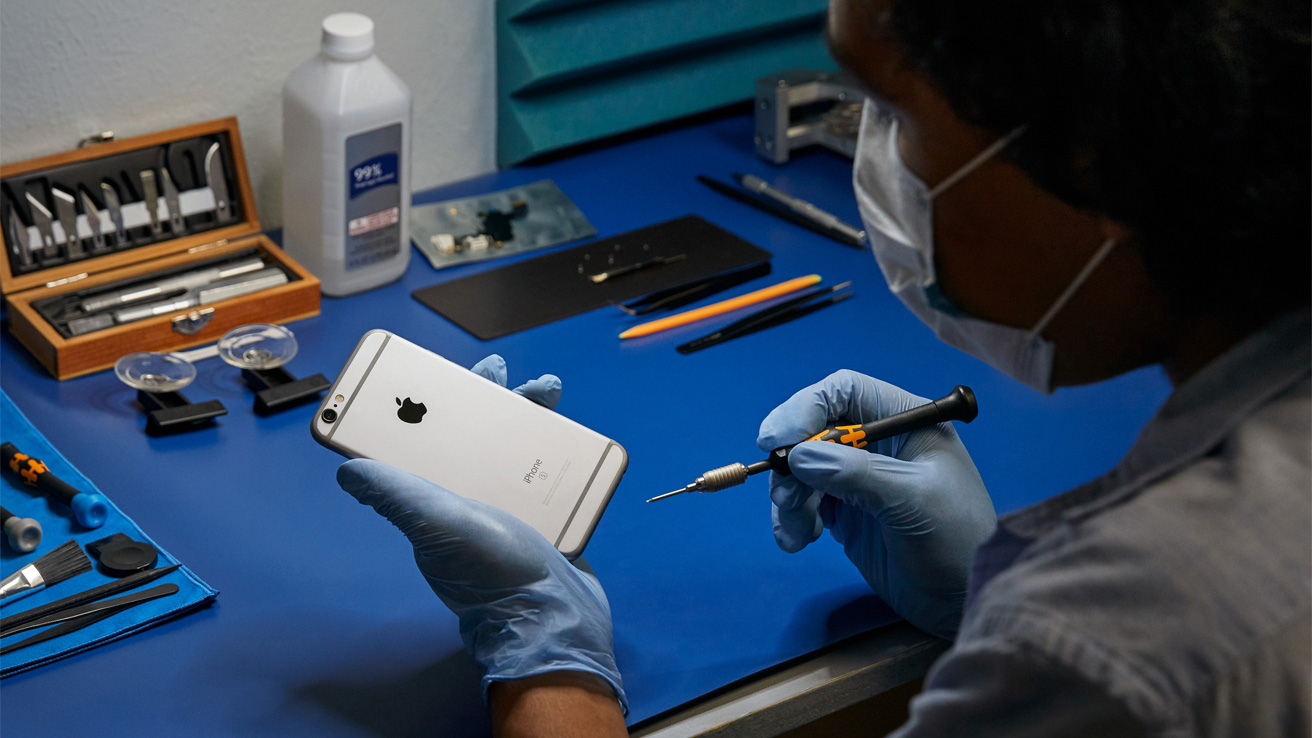
What is right to repair?
The right to repair simply means that if you own something, you should be able to repair it, and be provided the basic resources to help do that. These resources include reasonable access to manuals, schematics, and software updates, as well as publicly available parts and tools, and the ability to customize devices as you wish, and finally devices themselves should be made to facilitate repair as best as possible.
There’s been a steadily rising push from community and citizen action groups to make changes in legislation and empower the right to repair.
This push for legislation comes from an also steadily rising problem, as more and more companies make their products harder or even impossible to repair.
How big is the problem?
Big companies that service millions of customers are starting to increasingly lock down their products, so that self-repair becomes more difficult, and customers will have to rely on the firm’s repair center and the prices that come with it, or simply have to purchase a new device.
One example of this is a ‘feature’ introduced in new iPhones. It comprises of a software lock that disables several of the phone’s services when the battery has found to be tampered with, even when it has simply been replaced with another apple battery. The iPhone then displays a message indicating that it will need to be serviced by an apple approved repair vendor.
Another example is the joy-con drift, commonly found in Nintendo’s latest gaming console the Switch. In short, it’s very common for the controllers the “joy-cons” to start to experience drift after being used for some time, this means the controllers will automatically point in one direction. Solving an issue like this is relatively simple considering it just means a part of the inside of the controller is misaligned. The issue comes because Nintendo has come up with several ways to dissuade the repair of its product and encourages consumers to go through Nintendo’s own repair service.
A final controversial issue is the planned obsolescence controversy surrounding apple (they get into trouble for right to repair a lot!). Planned obsolescence is when inherent and proactively chosen features of a device will make it obsolete or unable to perform as effectively in the future. Reddit users discovered that Apple had been intentionally feeding older phones updates that slowed down their performance, which would incentivize users to buy a newer iPhone.
Needless to say, companies are getting more brazen in their fight against the right to repair.
The case for right to repair
It’s easy to see the benefits of right to repair, it will allow consumers to extend the life of their products, and its exponentially more sustainable in practice. Currently, if one part of an iPhone is broken, often the entire phone ends up getting replaced, which creates far more electronic waste than is necessary.
Electronic waste is an especially dangerous problem for developing countries, where the infrastructure for getting rid of hazardous material is underfunded or simply does not exist. Therefore, it should be in everyone’s interest to limit the amount of electronic waste and make the personal device market a more sustainable and durable one.
Possible solutions?
Many solutions are being considered to strengthen the right to repair. As mentioned before there are several growing community advocacy groups that are lobbying for politicians to change the policy around the right to repair and inhibit the predatory practices that limit it.
Another solution is more of a market-based solution. France is one of the early introducers of this solution. They have written legislation that forces companies to provide a “repairability index” as part of their product offering. This index signals to consumers how repairable a device is and will hopefully influence consumers to make the right choice when purchasing devices. It is in the interest of the consumer since a high repairability score probably translates to better value for money in the end.
I don’t know what the final solution to help strengthen the right to repair will be, or if it will even be addressed and become a mainstream political topic anytime soon, but either way it is important for people to be aware of this issue as the world around them becomes increasingly digital and run by or through personal devices.
Sources:
https://www.ifixit.com/News/32343/apple-is-locking-batteries-to-iphones-now
https://www.techradar.com/news/nintendo-is-being-sued-over-joy-con-drift-again
https://www.howtogeek.com/731791/what-is-planned-obsolescence-and-how-does-it-affect-my-devices/
https://grist.org/climate/why-frances-new-repairability-index-is-a-big-deal/

